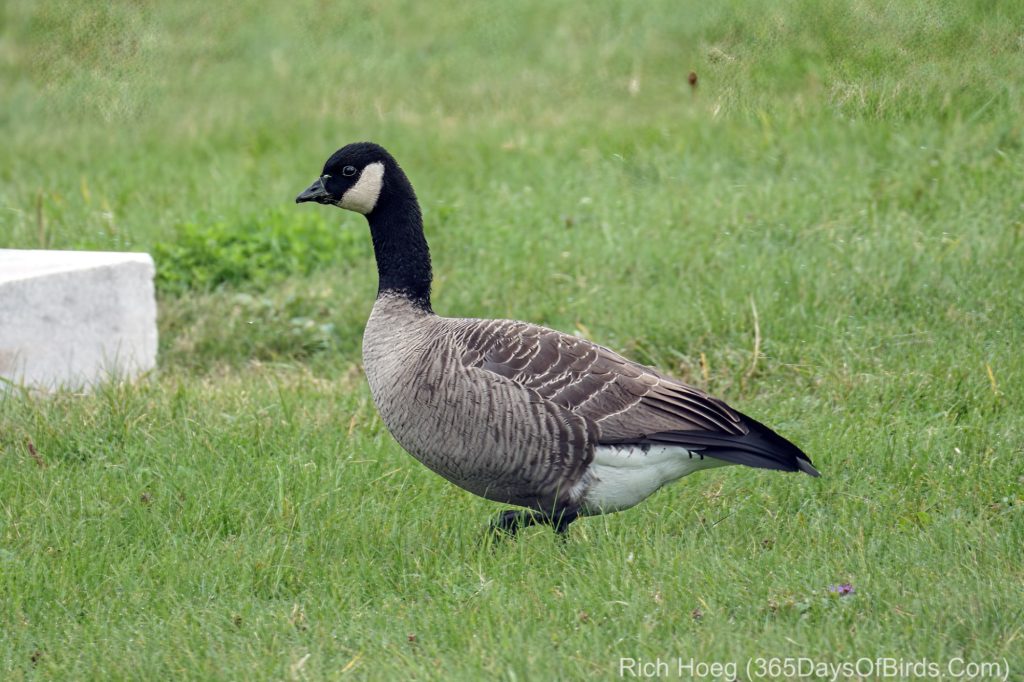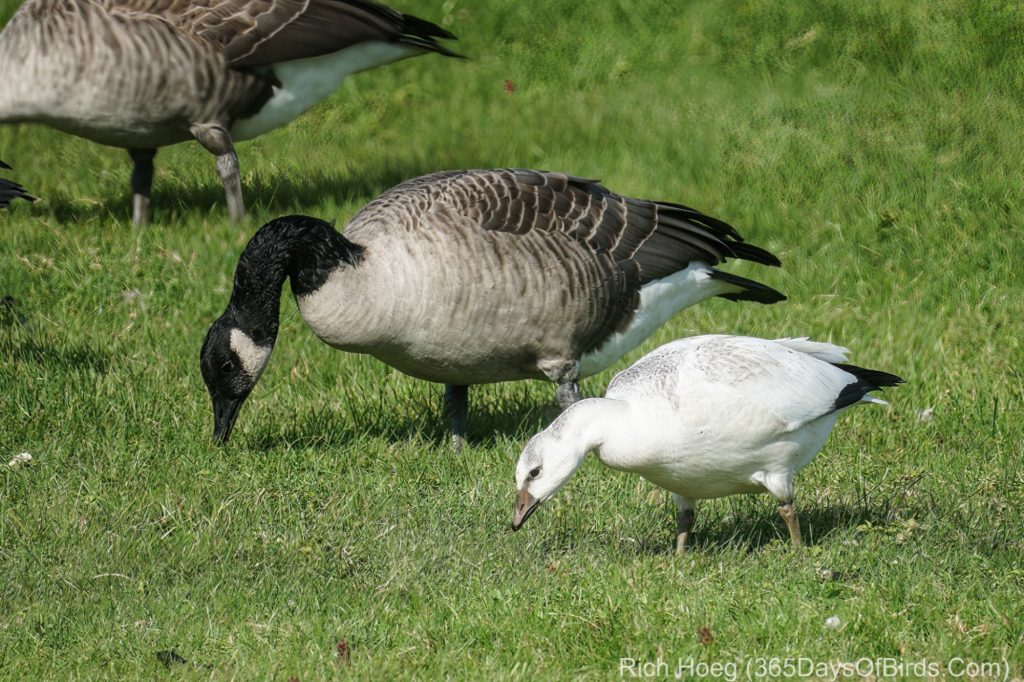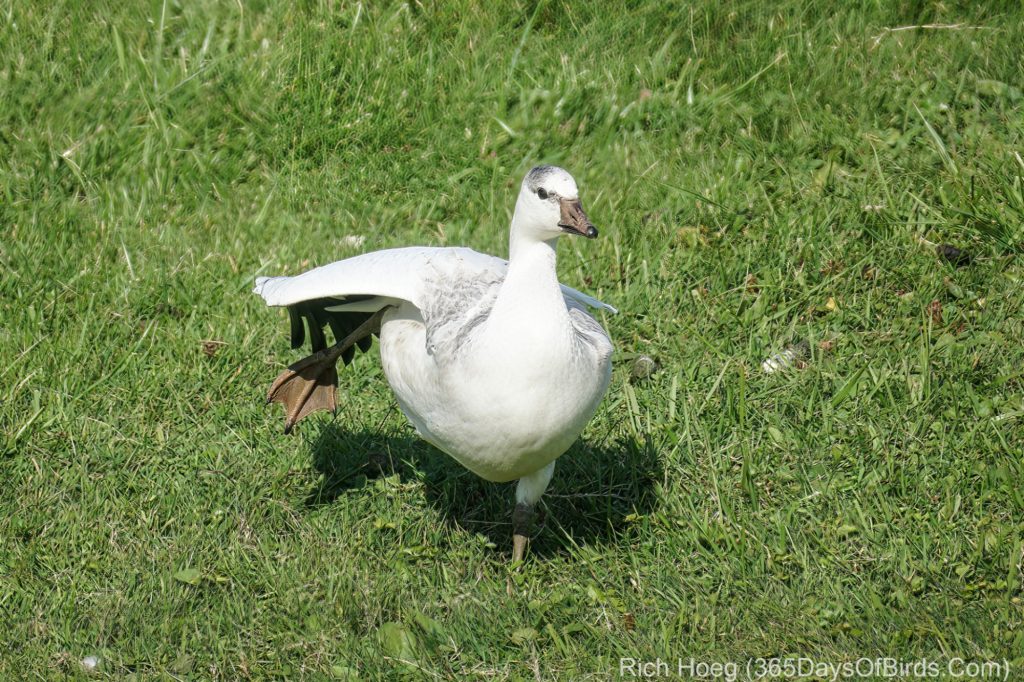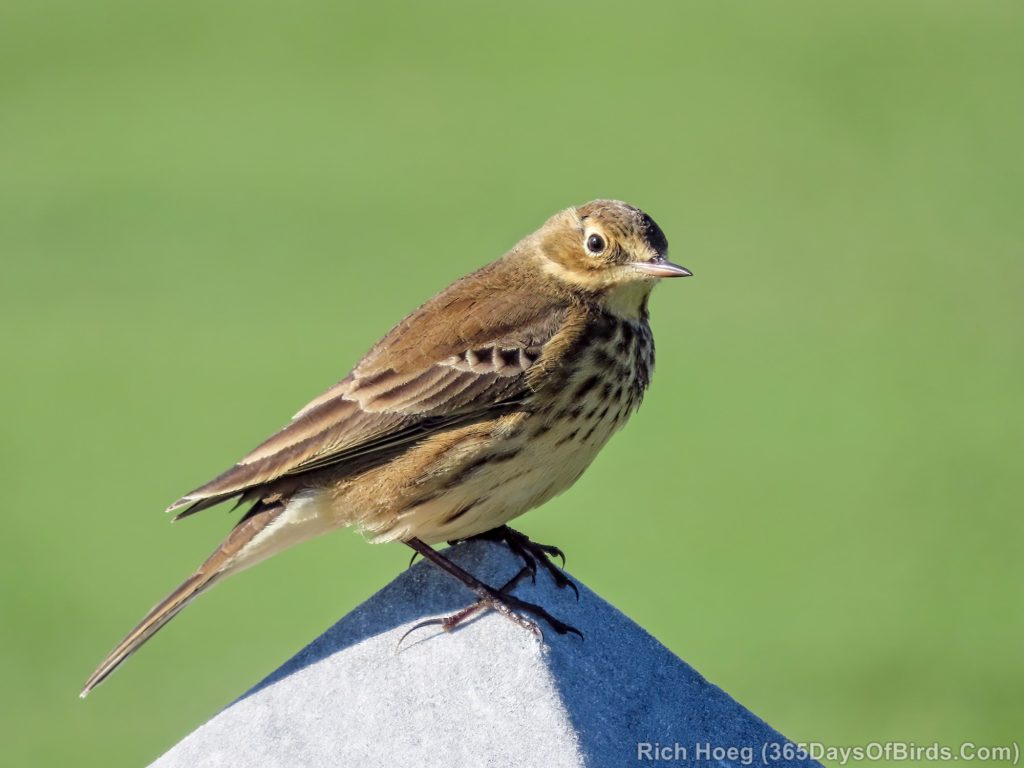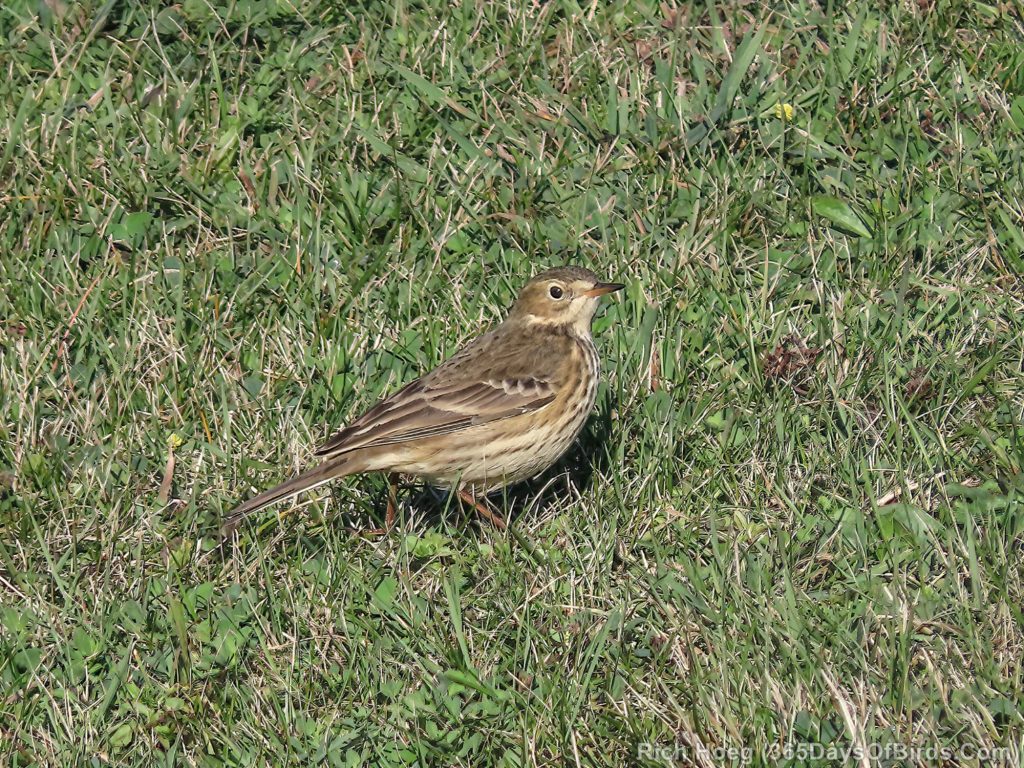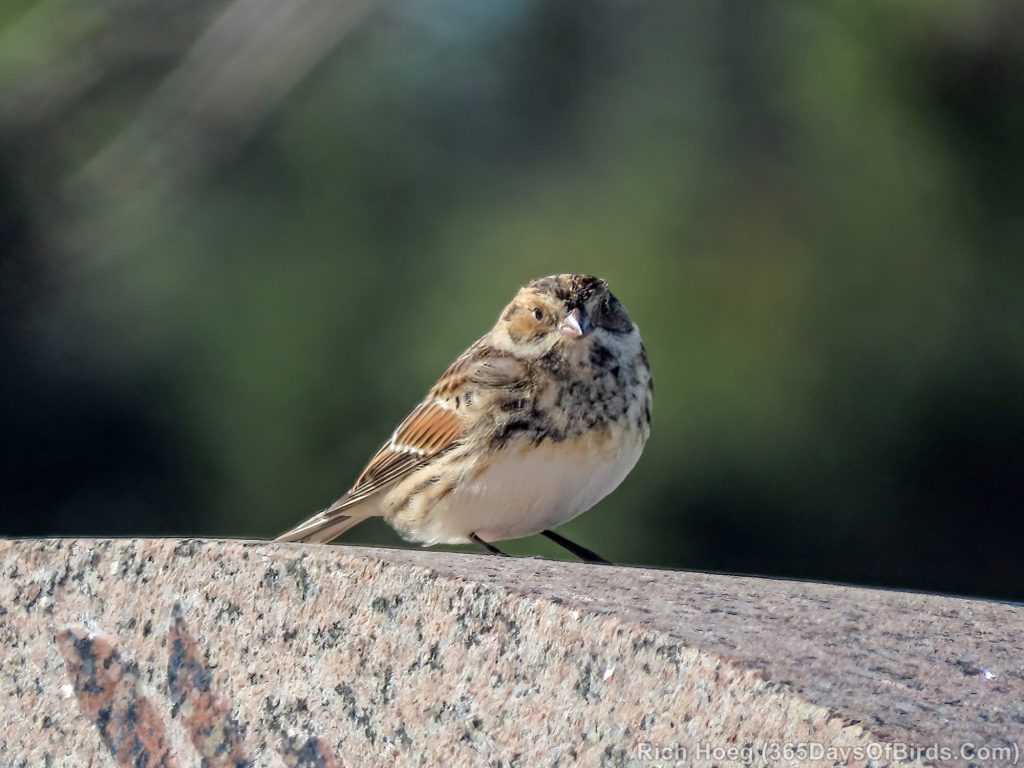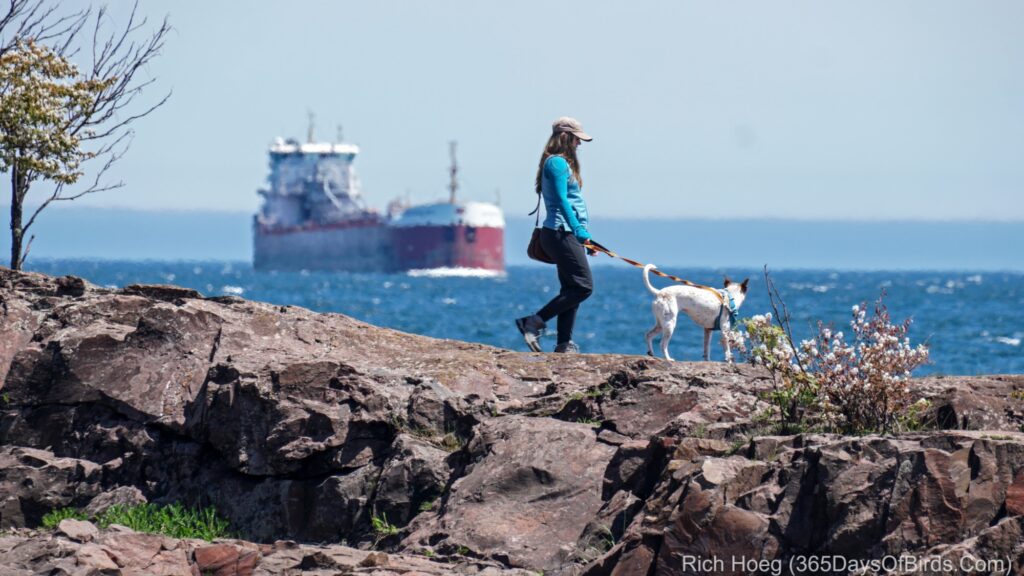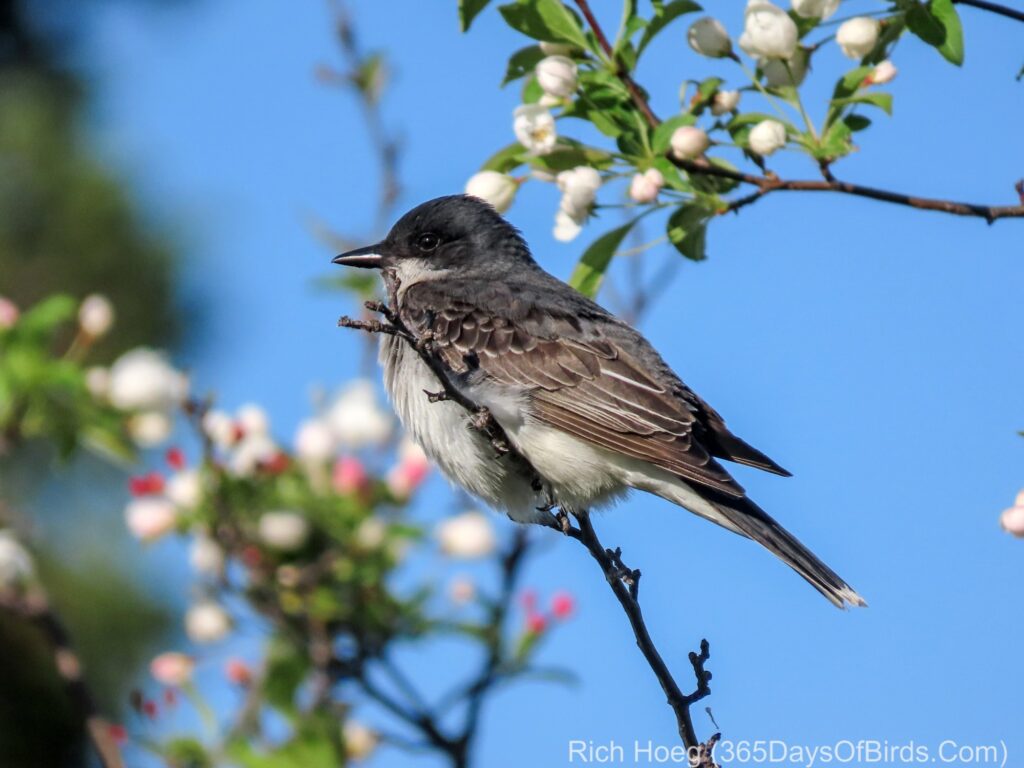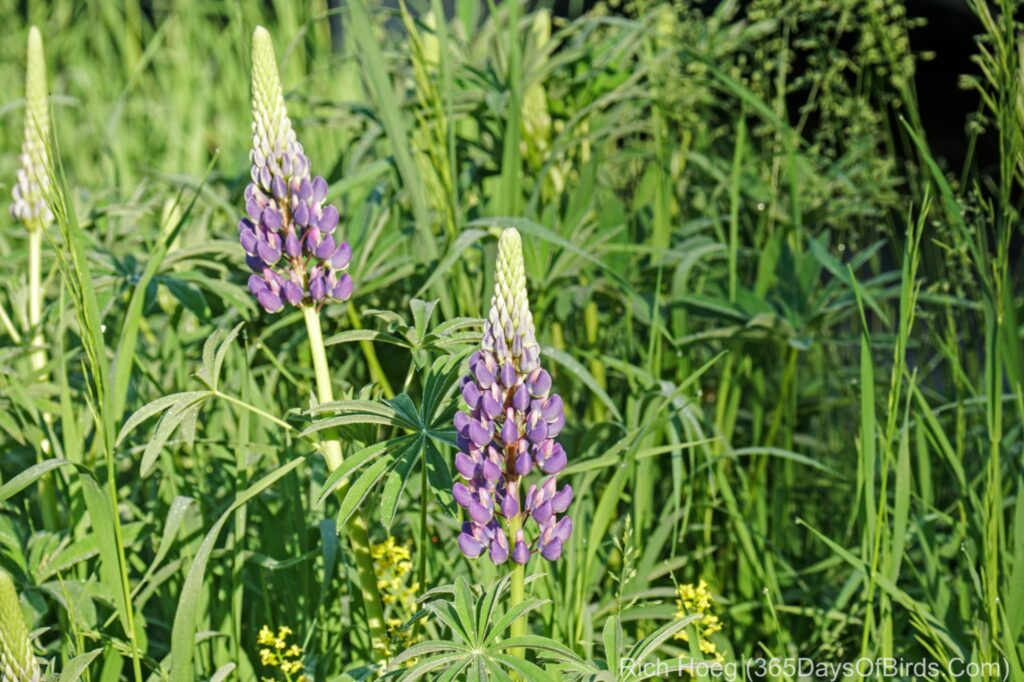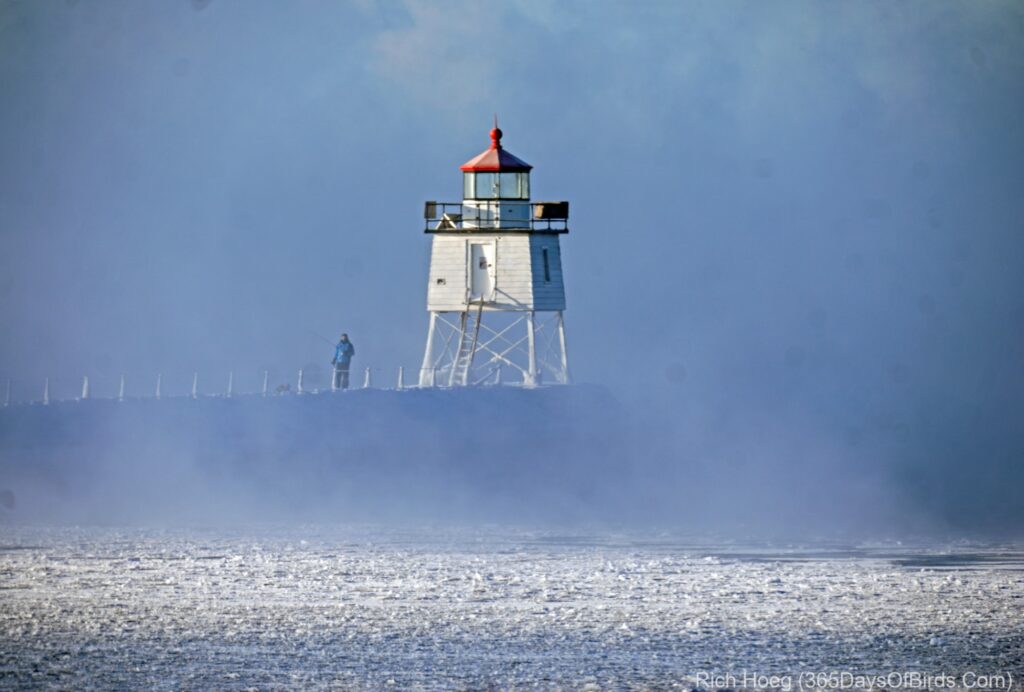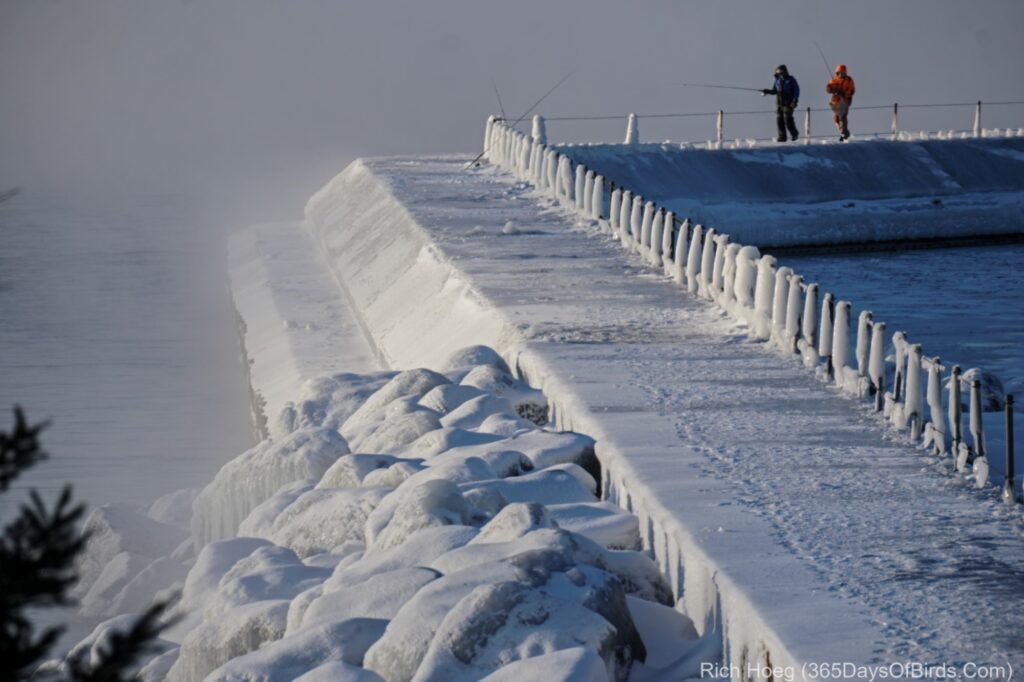When a south wind was blowing warmly, I knew I had to enjoy one of the last mild afternoon in Northwoods. I drove up to Stony River Forest Road, and parked eight miles in along a the dirt road … and biked from that point. The colors and birding were great. I decided to take photographs and videos to better demonstrate how the firebreak constructed for last year’s Greenwood Forest Fire has helped nature’s rebirth. One now finds a 20 mile long 100 / 125 yard never ending meadow / bog next to the road … and wildlife loves it!
The Starting Location for my Ride (8 miles from the nearest paved road)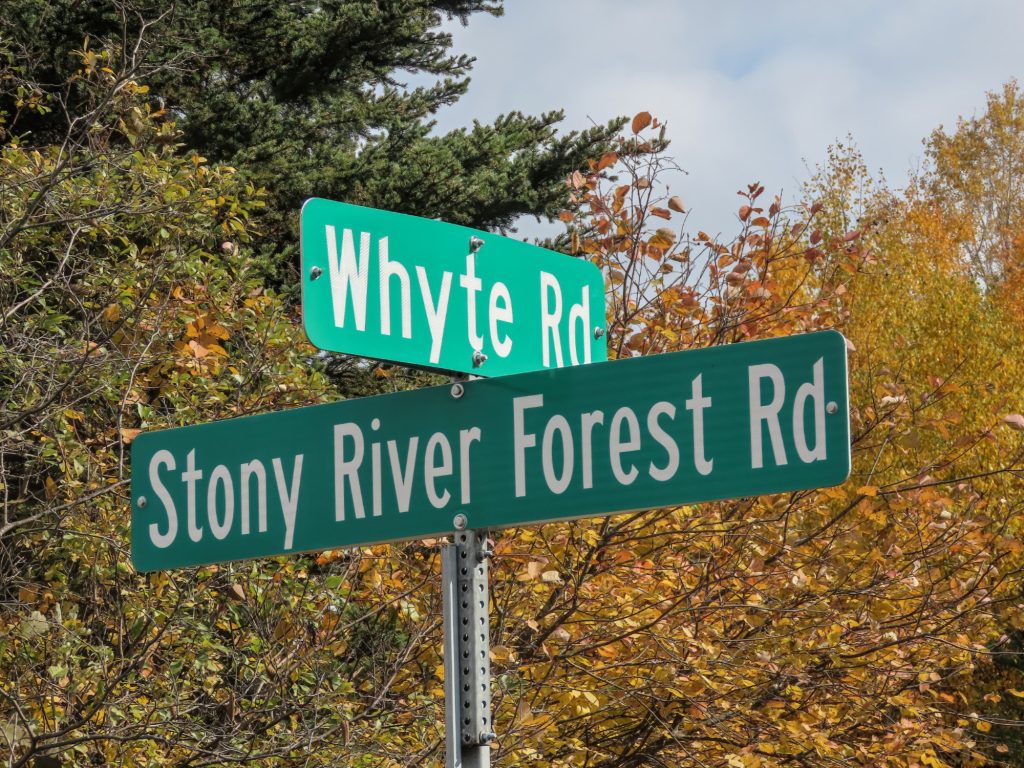
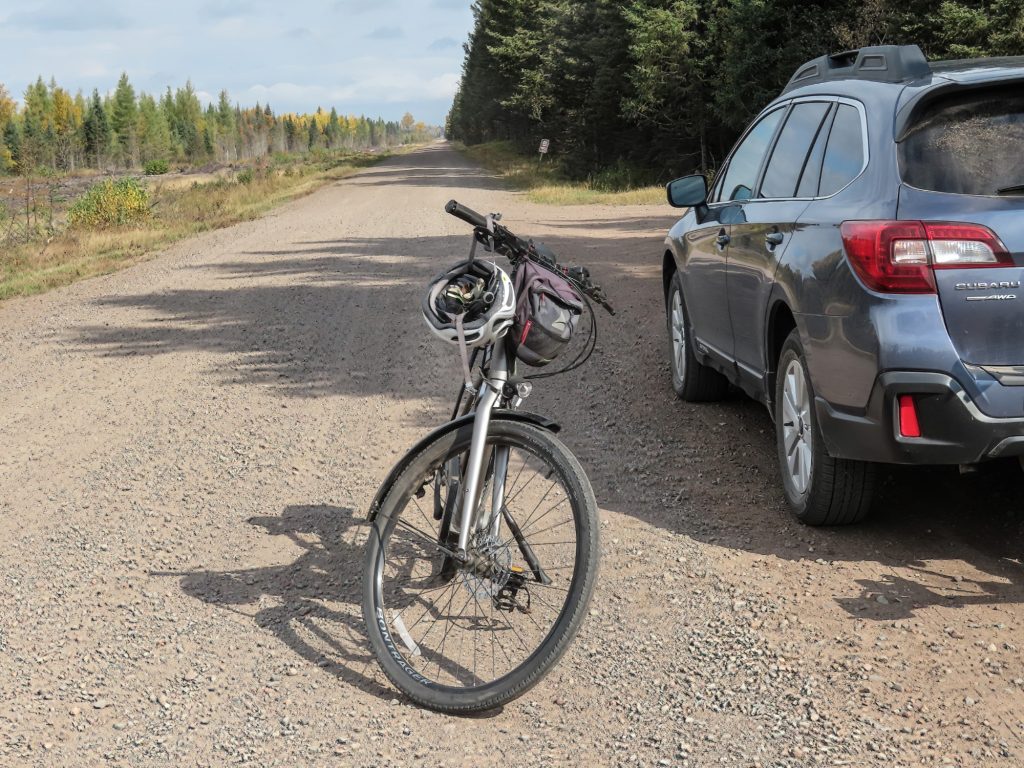
Two Short Videos … my ride (video links for email subscribers: one | two)
A Spruce Grouse with whom I had a stare-down!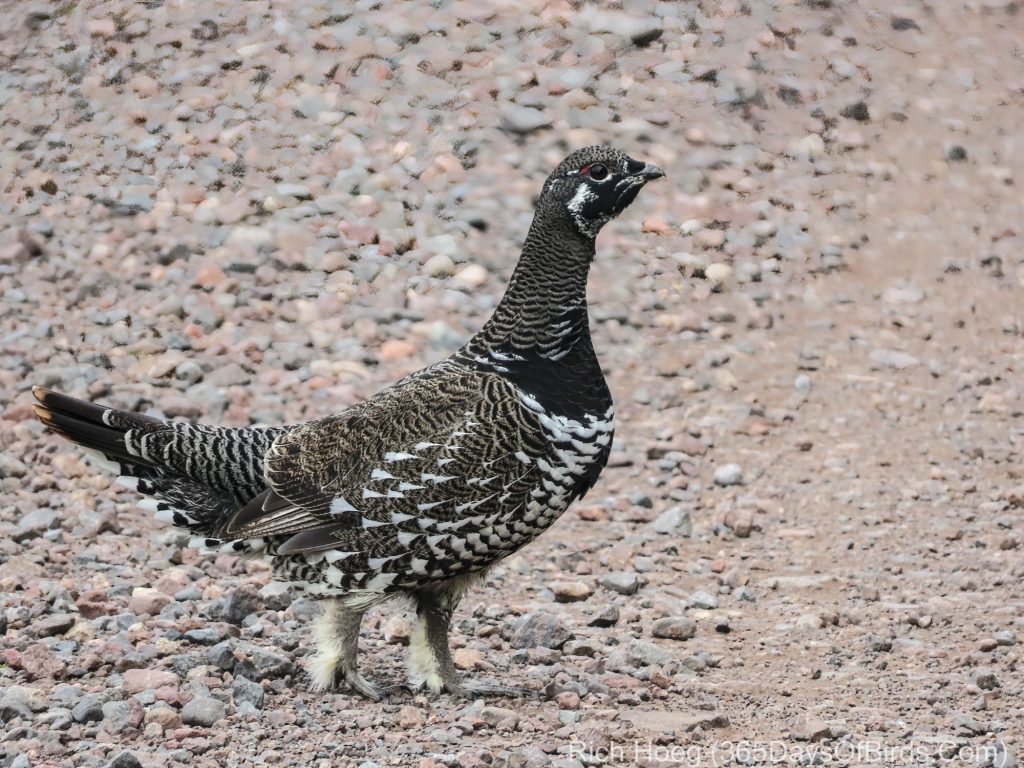
While driving home, I always swing through Two Harbor’s Lakeview Cemetery. One will often find migrating geese and songbirds. In addition to lots of Canada Geese, I found four Cackling Geese and one Snow Goose yesterday. Both bird species had been pushed west off their normal migration paths by strong winds. Here is a breeding map from Cornell for Snow Geese which I further annotated to also include the Cackling Goose. As you may see, the recent goose migration arrivals come from the Arctic Ocean.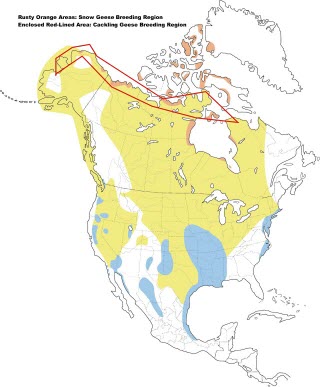
Cackling Goose (not a Canada Goose … much smaller and a different physique)